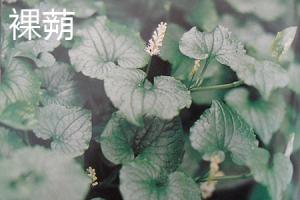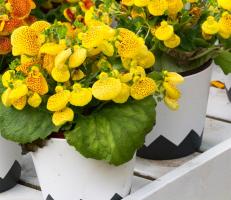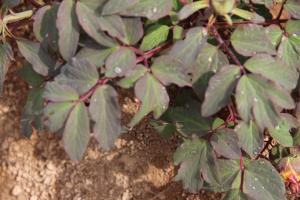How Close to Plant Paw Paw Trees
Paw paw, also known as Asimina triloba, is a deciduous fruit tree native to eastern North America. It thrives in humid and subtropical climates, making it ideal for growing in the southern United States, including Florida, Texas, and Louisiana. If you're considering planting paw paw trees on your property, one of the most important factors to consider is how close together to space them. Here are some guidelines to help you make the best decision.
The Importance of Spacing
Proper spacing is crucial for the health and productivity of paw paw trees. If you plant them too close together, they will compete for resources such as nutrients, water, and sunlight, which can lead to stunted growth, reduced yield, and increased susceptibility to diseases and insects. On the other hand, if you space them too far apart, you may waste valuable space on your property and make harvesting more difficult.
Recommended Spacing
The ideal spacing for paw paw trees depends on several factors, such as the variety of paw paw, the type of soil, the amount of rainfall, and the climate. As a general rule of thumb, most experts recommend planting paw paw trees at least 8 to 10 feet apart to ensure adequate airflow and sunlight. This distance allows the trees to grow and mature without interfering with each other's growth. Additionally, it enables you to access the trees for pruning, harvesting, and maintenance.
However, some varieties of paw paw may require more or less spacing, depending on their growth habits and vigor. For instance, dwarf paw paw trees may only need 6 to 8 feet of spacing, while larger varieties may need up to 15 feet or more. Furthermore, if your soil is particularly sandy or clayey, you may need to plant paw paw trees closer together to compensate for poor drainage or lack of nutrients.
Other Factors to Consider
Aside from tree spacing, there are other factors to consider when planting paw paw trees, such as pollination, soil preparation, and irrigation. Paw paw trees are not self-fertile, which means that you need to plant at least two different varieties to ensure cross-pollination and fruit set. You also need to prepare the soil by adding organic matter, such as compost or aged manure, to improve fertility and soil structure. Additionally, you should water paw paw trees deeply and regularly during their first few years of growth to help establish a strong root system.
Caring for Paw Paw Trees
After you plant paw paw trees, you need to care for them properly to ensure their long-term health and yield. This includes fertilizing them with a balanced fertilizer in the spring and fall, pruning them in the winter to remove dead or diseased wood and shape the trees, and protecting them from pests and diseases, such as black spot, powdery mildew, and borers. You should also mulch the trees with a layer of organic material, such as straw or wood chips, to conserve moisture and suppress weeds.
In Conclusion
Planting paw paw trees is a rewarding experience that can provide you with delicious and nutritious fruit for years to come. However, it requires careful planning and attention to detail, especially when it comes to tree spacing. By following the guidelines outlined above, you can ensure that your paw paw trees grow and thrive, and that you enjoy a bountiful harvest.

 how many times do yo...
how many times do yo... how many planted tre...
how many planted tre... how many pine trees ...
how many pine trees ... how many pecan trees...
how many pecan trees... how many plants comp...
how many plants comp... how many plants can ...
how many plants can ... how many plants and ...
how many plants and ... how many pepper plan...
how many pepper plan...
































